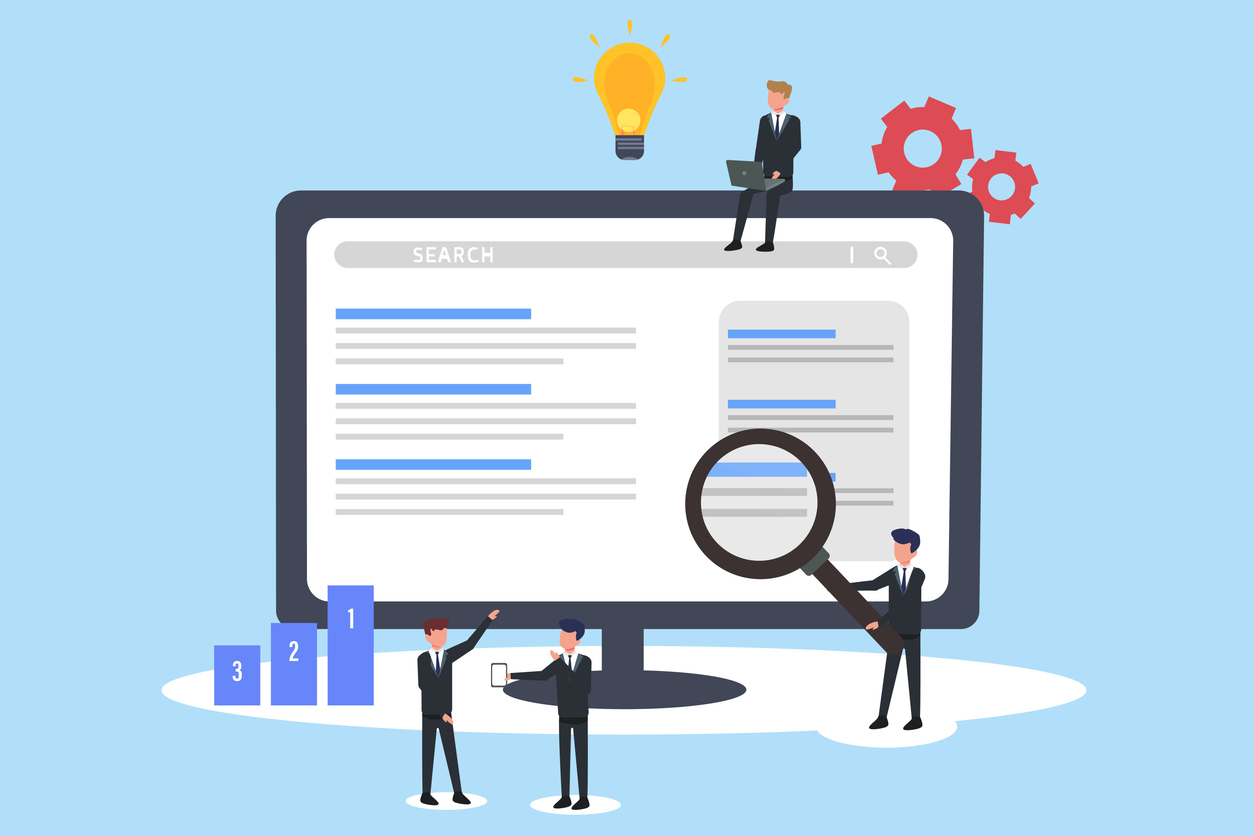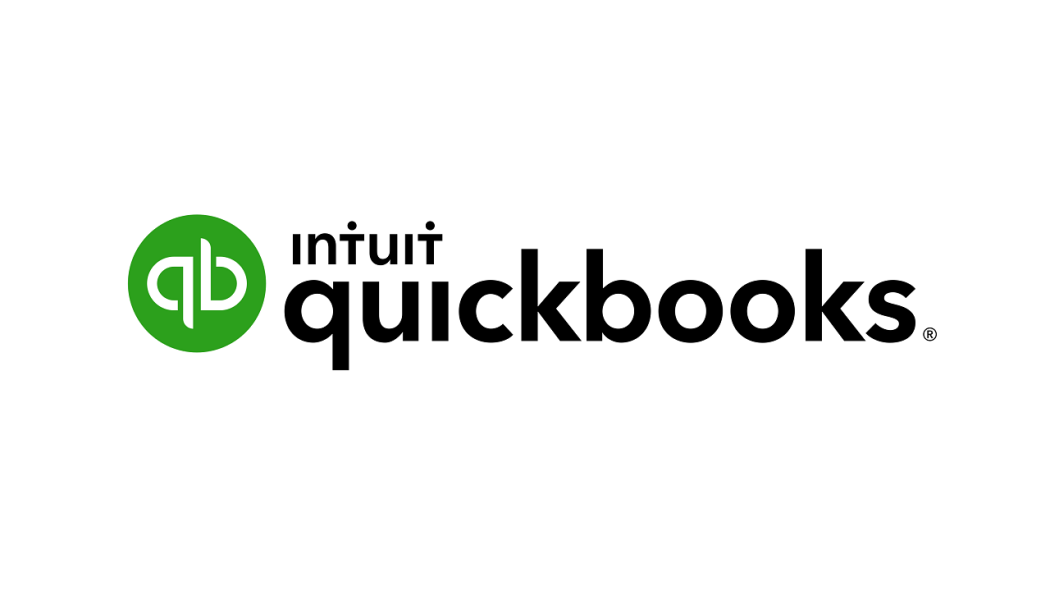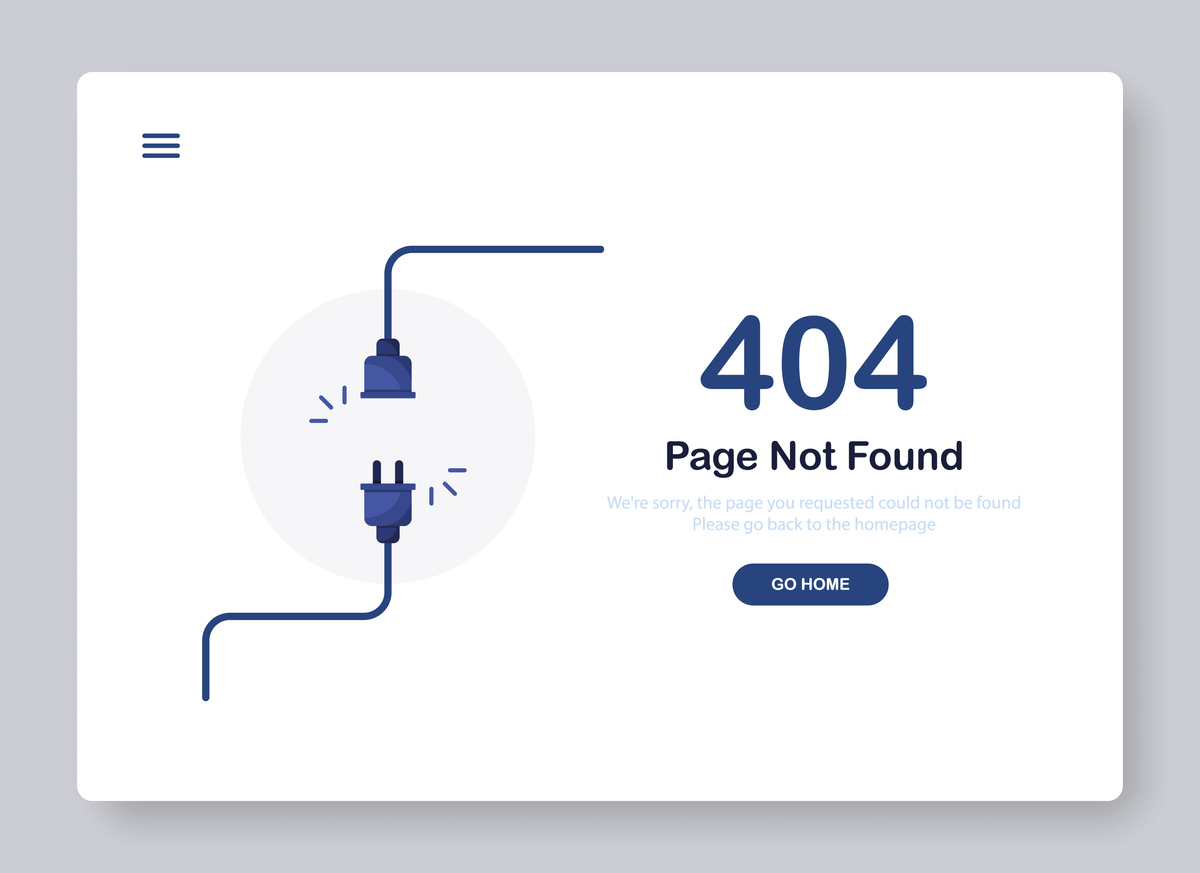DIY Guide: SEO For Small Business
Introduction
In today’s digital world, having an online presence is essential for small businesses. Whether you run a local shop, an e-commerce store, or a service-based business, appearing on search engines like Google can significantly impact your success.
Search Engine Optimization (SEO) is the key to driving organic traffic to your website, helping potential customers find you without relying on paid ads. While SEO may seem complex, the good news is that you don’t need to hire an expensive agency to see results. With a little time and effort, you can optimize your website and improve your rankings on your own.
This guide will walk you through the fundamentals of DIY SEO for small businesses. You’ll learn about keyword research, on-page and off-page SEO, local SEO, content marketing, and how to track your progress. Let’s dive in!
Understanding SEO Basics
Before jumping into action, it’s important to understand what SEO is and why it matters.
SEO (Search Engine Optimization) is the process of improving your website’s visibility on search engines like Google, Bing, and Yahoo. The better your SEO, the higher your website ranks in search results, increasing the chances of attracting visitors.
SEO can be broken down into three main categories:
- On-Page SEO – Optimizing content, keywords, and HTML elements within your website.
- Off-Page SEO – Building authority and credibility through backlinks and external sources.
- Technical SEO – Enhancing site performance, mobile-friendliness, and website structure.
Search engines use algorithms to determine which websites should rank higher. Factors such as relevance, page speed, backlinks, and mobile usability all play a role in your website’s ranking. By implementing SEO strategies, you can improve your chances of reaching more customers organically.
Keyword Research for Small Businesses
Keyword research is the foundation of any successful SEO strategy. Keywords are the words and phrases people type into search engines to find information. By targeting the right keywords, you can attract visitors who are actively looking for your products or services.
How to Find the Right Keywords:
- Use free tools like Google Keyword Planner, Ubersuggest, Ahrefs, or SEMrush to discover popular keywords in your industry.
- Focus on long-tail keywords (e.g., “best organic coffee shop in Toronto”) rather than broad terms (e.g., “coffee shop”).
- Analyze your competitors’ websites to see which keywords they are ranking for.
- Use Google’s autocomplete and related searches to find additional keyword ideas.
Once you have a list of keywords, incorporate them naturally into your website’s content, titles, and meta descriptions.

On-Page SEO: Optimizing Your Website
On-page SEO refers to optimizations made directly on your website to improve search rankings. Here are some key areas to focus on:
- Title Tags & Meta Descriptions – Each page should have a unique and compelling title and description that includes your main keyword.
- Header Tags (H1, H2, H3, etc.) – Use headers to structure your content and make it easier for readers and search engines to understand.
- Image Optimization – Compress images, add alt text with relevant keywords, and use descriptive file names.
- Internal Linking – Link related pages within your website to help users navigate and improve SEO.
- URL Structure – Keep URLs clean, short, and keyword-rich (e.g., “yourwebsite.com/organic-coffee-shop” instead of “yourwebsite.com/page123”).
- Mobile-Friendliness – Ensure your website is responsive and works well on mobile devices.
A well-optimized website not only ranks higher but also provides a better user experience.
Content Marketing and Blogging for SEO
Content is the backbone of SEO. High-quality content helps you rank better and builds trust with your audience. In this SEO For Small Business Guide, we will discuss why blogging helps your SEO efforts and we will go over some best practices.
Why Blogging Helps SEO:
- Blogs provide fresh content, which search engines love.
- They help you target a variety of keywords and answer customer questions.
- Blog posts attract backlinks from other websites, improving your domain authority.
Best Practices for SEO-Friendly Content:
- Write valuable, informative, and engaging content that addresses your audience’s needs.
- Use keywords naturally—avoid stuffing them into every sentence.
- Structure content with headings, bullet points, and short paragraphs for readability.
- Include images, videos, and infographics to enhance engagement.
Publishing blogs consistently (once a week or bi-weekly) will help establish your business as an authority in your industry.
Off-Page SEO: Building Authority with Backlinks
Off-page SEO focuses on increasing your website’s credibility through backlinks—links from other websites to yours. In this SEO For Small Business Guide, we will go over how to build high-quality backlinks to improve your website’s search engine visiblity.
How to Build High-Quality Backlinks:
- Guest Posting – Write articles for reputable websites in your industry.
- Local Citations – List your business on online directories like Google My Business, Yelp, and Yellow Pages.
- Partnerships – Collaborate with influencers or businesses for mutual promotions.
- Social Media – Share your content on social platforms to encourage others to link to it.
Backlinks from high-authority sites signal to search engines that your website is trustworthy and relevant.
Local SEO: Getting Found in Your Area
For businesses targeting local customers, local SEO is crucial.
Steps to Improve Local SEO:
- Claim and optimize your Google My Business (GMB) listing with accurate information, business hours, and photos.
- Use local keywords in your content (e.g., “best car repair service in Brampton”).
- Encourage customer reviews on Google and other platforms.
- List your business in local directories like Yelp, Foursquare, and the Better Business Bureau.
Optimizing for local SEO helps you appear in Google’s local search results and “near me” searches.
Technical SEO: Improving Site Health
Technical SEO ensures that search engines can crawl and index your website properly.
Key Technical SEO Elements:
- Website Structure & XML Sitemap – Make it easy for search engines to navigate your site.
- Page Speed Optimization – Compress images, enable caching, and use a fast hosting provider.
- Mobile Usability – Ensure your site is responsive and mobile-friendly.
- Fix Broken Links – Use tools like Google Search Console to identify and fix broken links.
Keeping your site technically sound improves user experience and search rankings.
Measuring Success: SEO Analytics and Tracking
To know if your SEO efforts are paying off, you need to track key performance indicators (KPIs).
Best Tools for SEO Tracking:
- Google Analytics – Track website traffic and user behavior.
- Google Search Console – Monitor search performance and fix errors.
- Rank Tracking Tools – Use tools like Ahrefs, SEMrush, or Moz to track keyword rankings.
Analyzing your data helps you refine your SEO strategy and make data-driven decisions.
Common SEO Mistakes to Avoid
SEO can be complex, and many small business owners make mistakes that hurt their rankings. Here are some of the most common SEO pitfalls to avoid:
- Keyword Stuffing – Overusing keywords in an attempt to rank higher can make content unreadable and result in penalties from Google.
- Neglecting Mobile-Friendliness – With mobile-first indexing, search engines prioritize mobile-friendly websites. Ensure your site is responsive and loads properly on all devices.
- Ignoring Technical SEO – Issues like broken links, slow load speeds, and missing meta tags can negatively impact rankings.
- Not Updating Content Regularly – Search engines favor fresh content. Keep your website and blog updated with relevant and valuable information.
- Poor Website Structure – A confusing navigation system can make it difficult for users and search engines to understand your site’s hierarchy.
- Skipping Meta Descriptions & Title Tags – These elements provide essential information to search engines and users. Optimize them with keywords and compelling descriptions.
- Buying Backlinks – Google penalizes unnatural link-building tactics. Focus on earning high-quality backlinks naturally.
- Not Utilizing Analytics – Failing to track your SEO performance means you won’t know what’s working or where to improve.
- Ignoring Local SEO – If your business serves a local audience, neglecting local SEO strategies like Google My Business optimization can limit your visibility.
- Duplicate Content – Using the same content across multiple pages or copying from other sites can lead to lower rankings.
Avoiding these mistakes will help you build a sustainable SEO strategy that improves rankings and drives more traffic to your site.
Conclusion & Next Steps
DIY SEO takes time, but the effort is worth it. By implementing these strategies, your small business can improve its online presence, attract more customers, and grow organically.
Start with keyword research, optimize your website, create quality content, and track your progress. SEO is a long-term game, but consistency will bring success.
Need help? LevelUp Marketing Solutions Inc. offers expert guidance to take your SEO to the next level!








